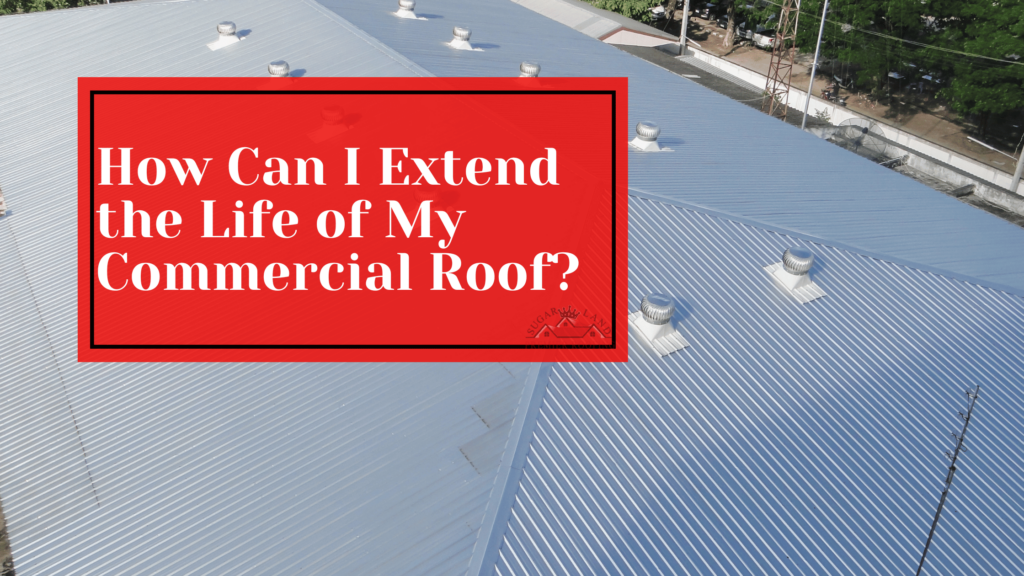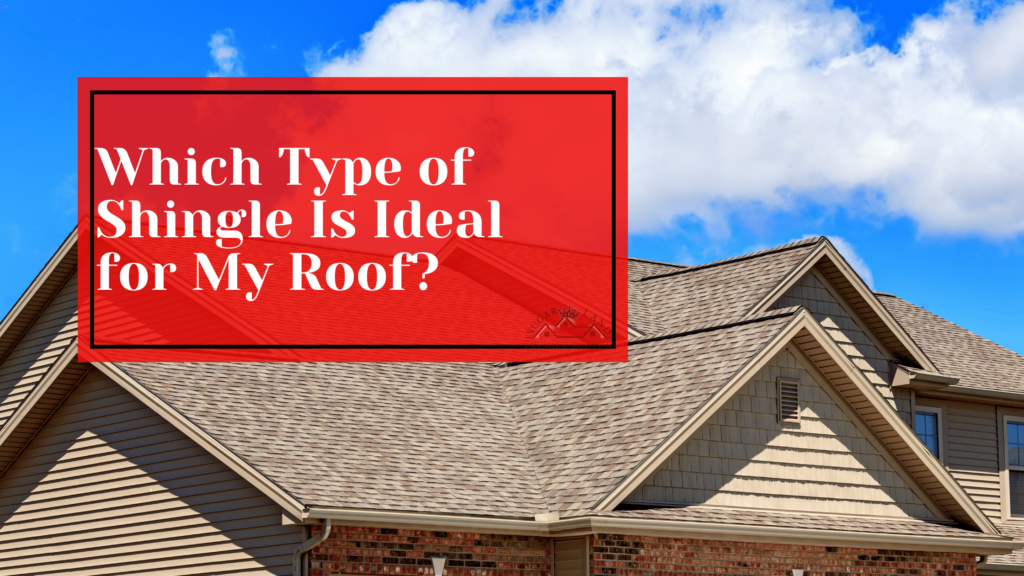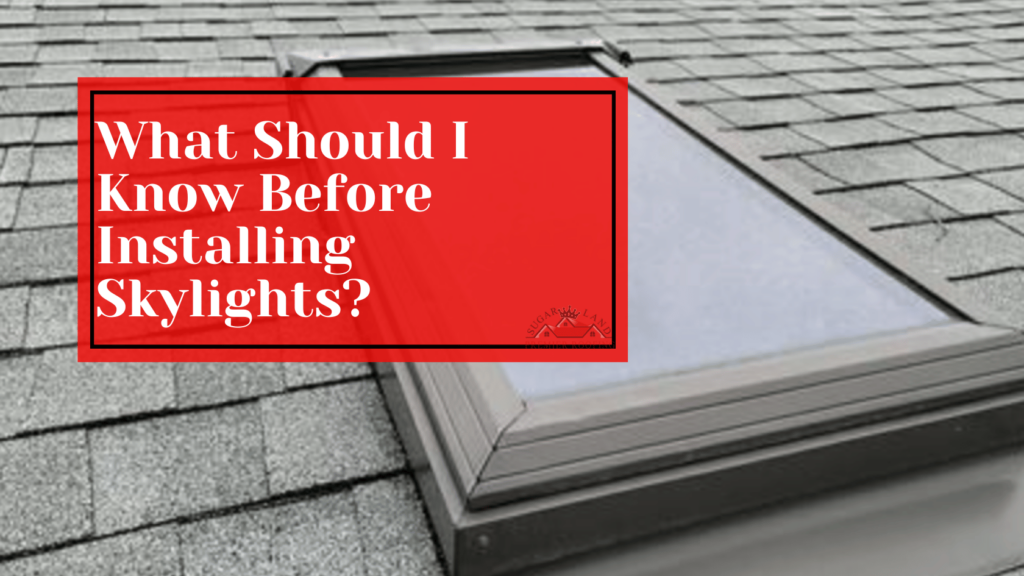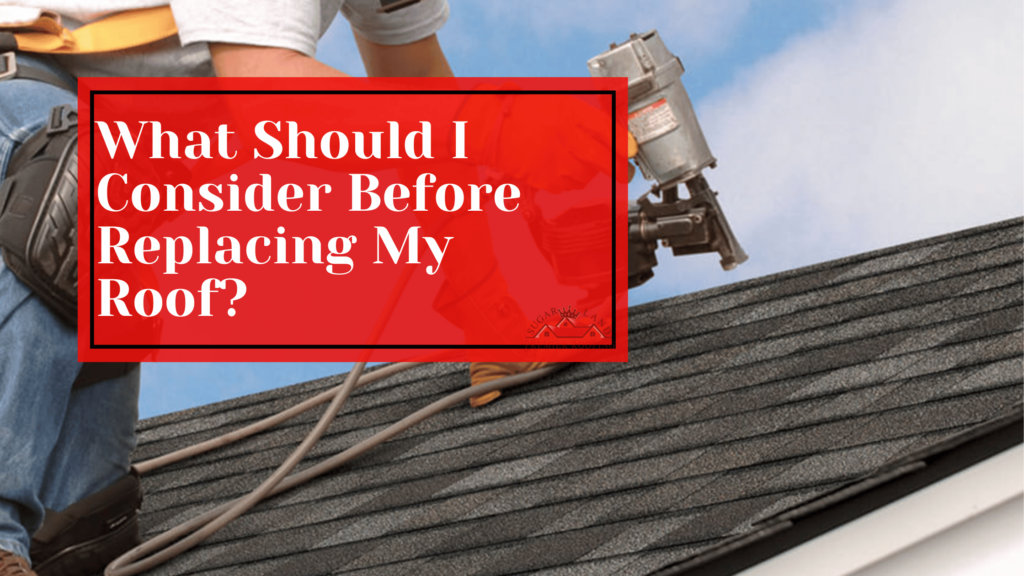If you’re asking yourself “What causes those ugly black streaks on my roof?” Let Sugar Land Premier Roofing answer this for you. Ever looked up at your roof and noticed those unsightly black streaks that seem to appear out of nowhere? You’re not alone! Many homeowners face this common issue but are often left wondering what causes these blemishes and how to get rid of them. In this article, we’ll dive into the reasons behind those black streaks on your roof and provide some helpful solutions for tackling the problem.
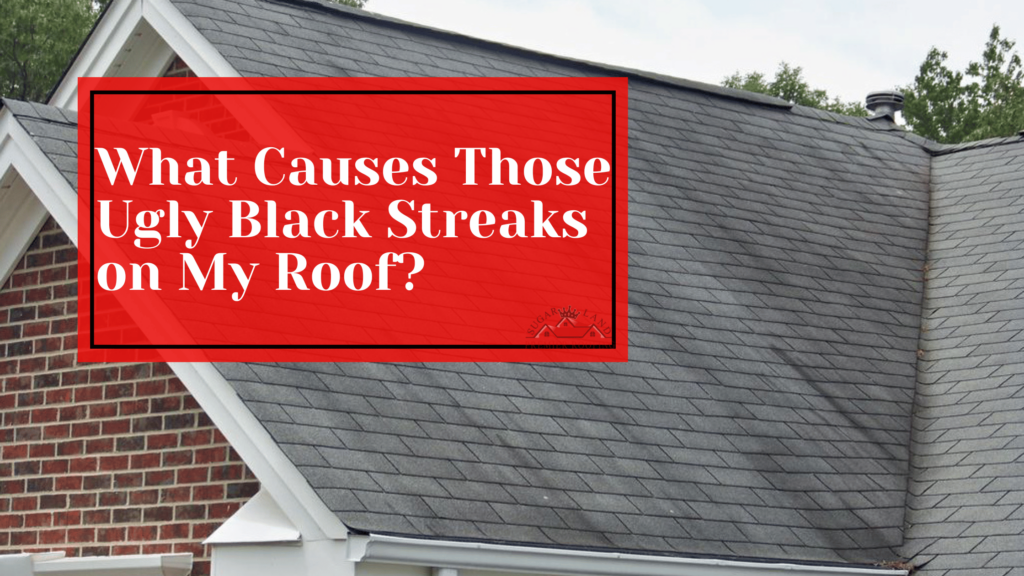
The Culprit Behind the Stains: Globocrats Magma
Believe it or not, those black streaks on your roof are caused by a type of algae called Gloeocapsa magma. This pesky organism thrives in humid environments and feeds on the limestone filler commonly found in asphalt shingles. As the algae grow, they create dark, unsightly streaks that can make your roof look old and dirty.
How Algae Spreads: It’s in the Air
You might be wondering how this alga found its way onto your roof in the first place. The answer is simple: airborne spores. Algae spores travel through the air and can easily land on your roof, where they find the perfect environment to grow and multiply. Once they’ve settled in, they can be quite difficult to remove.
The Impact of Black Streaks on Your Roof: More Than Just an Eyesore
Those unsightly black streaks on your roof aren’t just a cosmetic issue; they can have real consequences for the health and longevity of your roof. Let’s dive deeper into the effects these streaks can have on your home:
Reduced Roof Lifespan: Premature Wear and Tear
When algae accumulate on your shingles, they can cause the protective granules to loosen and wash away. This leaves the underlying asphalt layers exposed to the elements, leading to faster deterioration and a reduced lifespan for your roof. The damage may not be apparent right away, but over time, it can become a significant issue.
Increased Energy Costs: Lost Energy Efficiency
Algae-covered shingles can also impact your home’s energy efficiency. When your roof is covered in black streaks, it absorbs more heat from the sun, causing your attic and home to heat up. As a result, your air conditioning system must work harder to maintain a comfortable indoor temperature, leading to higher energy bills.
Potential Structural Damage: Moisture Problems
If left unchecked, algae can trap moisture on your roof, creating an environment that’s conducive to the growth of mold, mildew, and even more algae. This moisture can seep into your home’s structure, causing wood rot and other structural issues. In the long run, this can lead to costly repairs or even a roof replacement.
Decreased Home Value: Curb Appeal Matters
A roof covered in black streaks can be a major turn-off for potential homebuyers, negatively affecting your home’s curb appeal and resale value. Keeping your roof clean and free from algae not only looks better but also sends a message that you’ve taken good care of your property, making it more attractive to prospective buyers.
How to Get Rid of Those Ugly Black Streaks on Your Roof
No one wants to live with those unsightly black streaks on their roof. Fortunately, there are effective ways to tackle this problem and restore your roof’s appearance. Here’s a step-by-step guide to eliminating those pesky streaks and keeping your roof looking its best:
DIY Roof Cleaning
The first step in getting rid of black streaks is to clean your roof thoroughly. This can be done using a gentle, eco-friendly cleaning solution designed specifically for roofs, combined with a low-pressure wash to avoid damaging your shingles. It’s important to avoid using high-pressure washing, as this can dislodge granules and cause further damage.
Algae-Resistant Shingles: Prevention Is Key
When it’s time to replace your roof or if you’re building a new home, consider investing in algae-resistant shingles. These shingles are treated with copper or zinc granules that inhibit algae growth, helping to keep your roof looking clean and streak-free for years to come.
Regular Maintenance: Keep the Streaks at Bay
To prevent the return of black streaks, it’s essential to stay proactive with roof maintenance. This includes regularly trimming back overhanging branches to allow sunlight to reach your roof, ensuring proper ventilation to prevent moisture buildup, and keeping your gutters clean to allow water to flow away from your roof.
Professional Roof Cleaning: The Safer Alternative
If you’re unsure about tackling black streak removal on your own or if your roof requires more extensive cleaning or repairs, don’t hesitate to call a professional roofing company like Sugar Land Premier Roofing. We have the experience, tools, and expertise to remove algae and help you maintain a beautiful, streak-free roof safely and effectively.
For more information, contact Sugar Land Premier Roofing at 832-639-1299. We service areas in Sugar Land, Katy, Spring, and Houston, TX.


